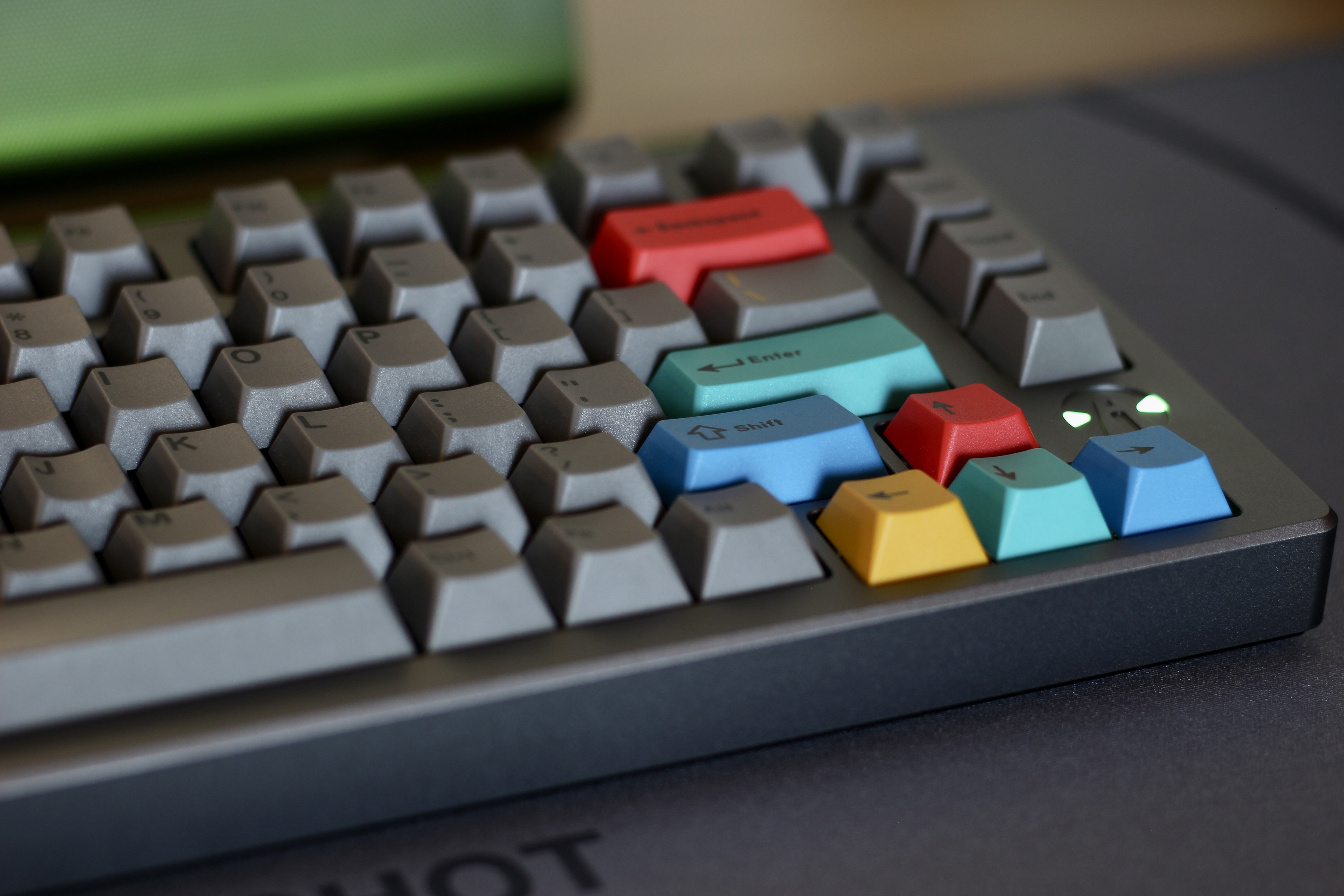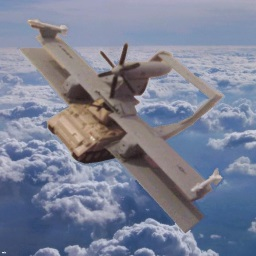- 7 Posts
- 87 Comments
I’m sorry, is this a 5 minute argument or the full half an hour?
Didntidoitforyou?

 4·8 months ago
4·8 months agoThe guy smiling, showing what he will talk about with the names of the technologies and an overall evaluation of which is “better” is that clickbaity to you? Come on.

 4·8 months ago
4·8 months agoSomething something, RimjobSteve
What’s bothering me is not really that it’s upside down.
IT’S THAT IT’S CROOKED
I love my silicon at 3090ºC. You can sip it and enjoy it with some cheese on the side.

 721·8 months ago
721·8 months agoIt really doesn’t get better than a fighter jet with a “naruto-style running” stance.

 9·8 months ago
9·8 months agoTo be fair, the Tornado is just so pretty. You don’t need to be autistic to appreciate some Tornadussy
All jokes aside, look at how nice the drawing is, damn

 61·8 months ago
61·8 months agoThat’s super interesting! I’m not versed enough though, do you have like a tutorial you recommend or should I just Google it?

 762·8 months ago
762·8 months agoI love Firefox, but I can’t shake the feeling that it is slower on YouTube. My tinfoil hat theory is that Google somehow throttles YouTube on Firefox.

 652·8 months ago
652·8 months agoThat’s one jucy plate of bread, green beans, lettuce with cum, and diarrhea. Accompanied by a glass of piss.
Always has been a slur. It’s an extremely rude word to use.
I literally don’t get it. I just don’t. Where do people do that? Online somewhere? On TikTok? Help
 1·9 months ago
1·9 months agoYour verbosity did not get in the way, at all. I appreciate every second you spent trying to help a random stranger on the internet understand something that, to you, was probably straightforward.
So thank you very very much and have a wonderful day!
I hate post-processing, but I think this photograph deserves to have its colors popping a bit more. It’s such a nice picture.
 2·9 months ago
2·9 months agoHeh, sorry if I sound so pedantic, but I thought that would be my final message. Let me try with this one.
Yes, the steps are empty, expose, measure. I was just trying to explain the difference I’m finding in the electronic handling of these steps between MS and ES. In both cases though, the pixels experience the same three steps in the same sequence: empty, expose, measure.
The “only” difference I’m finding is that in MS the action of “measuring” the pixel happens effectively differently than in ES because, at each photo site, the action of “measuring” is only, well, reading sequentially the amount collected, which is limited in speed to the readout speed.
In ES, the action of “measuring” is preceded every time by "emptying, exposing"sequentially, all controlled electronically.
This makes me think that there is some liberty in choosing when to empty and expose pixels electronically, and it’s not really limited neither by some kind of speed, nor some kind of sequence: in MS you don’t really care because the curtains do the job, in ES you must control precisely when to empty a pixel and when to expose it.
This would also agree with how I understand EFC-S works: your closing of the curtains is limited by the curtain speed, so you have to empty and expose those pixels at the right time to let the curtain end the exposure so that you collect the specified amount of light. So if you’re shooting at 1/1000 and the curtain closes at 1/250, you follow the ES method and empty+expose those buckets a tiny bit before the curtain passes over them. And since after the curtain it’s darkness, just like in MS you can wait for the readout without worry.
Therefore, it is to my understanding that, electronically speaking, emptying and exposing the pixels can happen at very high speeds, independently from the measuring step: in MS, you empty and expose all of the pixels at once (from the sensor’s POV, of course it’s the curtain that does the exposure job), and then you measure them - the measuring is done once, “alone”; in ES you empty, expose, and measure each pixel individually - the measuring is coordinated with emptying and exposing (which also agrees with your beautiful pseudo-code).
EDIT: maybe it can be reduced to the emptying action alone. You can empty whenever you want, and since the pixel always gathers light as soon as you’re done emptying it, as long as you time your emptying action correctly the exposure can happen however you prefer: by the curtains in MS, by emptying at the right time so that the pixel is exposed correctly for when the readout happens in ES, and right before the curtain passes over in EFC-S
To me, in EFC-S this takes the best of both worlds: no fear of distortion because the reading phase is done in darkness, higher theoretical shutter (i.e. exposure) speed because you can empty+expose each pixel electronically even almost as the curtain closes above them.
I hope you understand that i truly appreciate your help, and I’m sorry I keep hammering at this stuff. I truly appreciate all the patience you can have for me.






Rectally works best